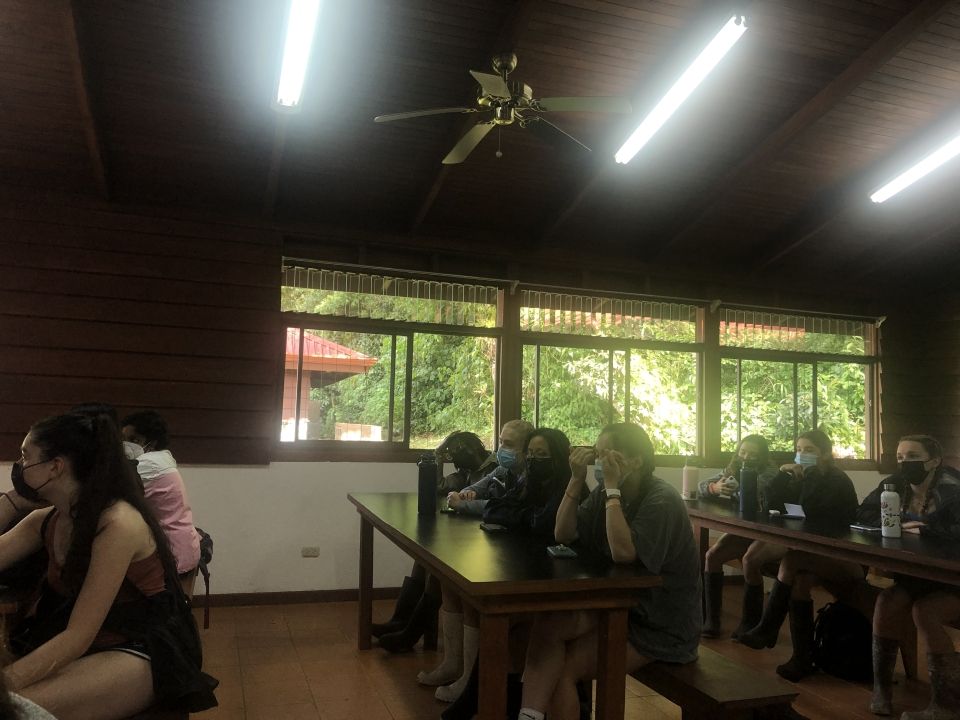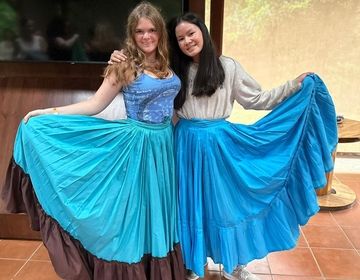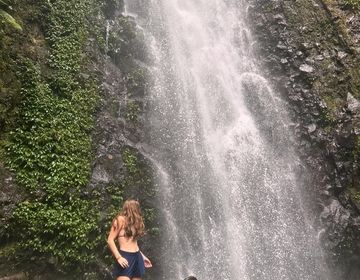Let´s get to work: Future scientists learning about invertebrates!
How can we study the water quality of a site? Today the students learned about methods that help us identify the state of the water resources in an area!
Luisa, a scientist specializing in the analysis of water quality through the study of aquatic invertebrates, paid us a visit. She discussed the issues of water quality in the Monteverde region, as well as some current programs aimed at protecting and investigating the purity of Monteverde's rivers and water sources.



The students put their rubber boots on and got prepared for the field work at Quebrada Alondra, a creek near from the Campus. Thanks to their good energy and their ability to work in a group, they were able to collect samples of macroinvertebrates and the quality of the water in the creek.


According to the different species of invertebrates that we identify in a river or a stream we can have insights of the quality of water in that specific site. Scientists call them "bioindicators", that means organisms that can generate information about their environment according to their presence and abundance.


Students thoroughly enjoyed and participated in the field work activity, and they were eager to return to campus and examine their samples in the lab.


Students learnt about invertebrates taxonomy, stereoscope use, and which species are associated with rivers with good water quality throughout the identification process of the specimens we took to the laboratory.


At the end of the morning they managed to become experts on how to identify invertebrate species in rivers!


Related Posts
Global Friendships
The last week on the Monteverde campus has flown by at a rapid pace. However, it seems like ages have passes since the student arrived in the cloud forest. This... keep reading
Folklorico Dance, a core memory made
Student of session 2 shares her experience of her final days in Costa Rica.
Soaring Through the Clouds (Featuring Three Guest Student Writers)
To best sum up our adventurous weekend, we have three guest writers today. Check out what they thought below! Ella Buerkele gives us a beautiful overview of Saturday: On Saturday... keep reading






